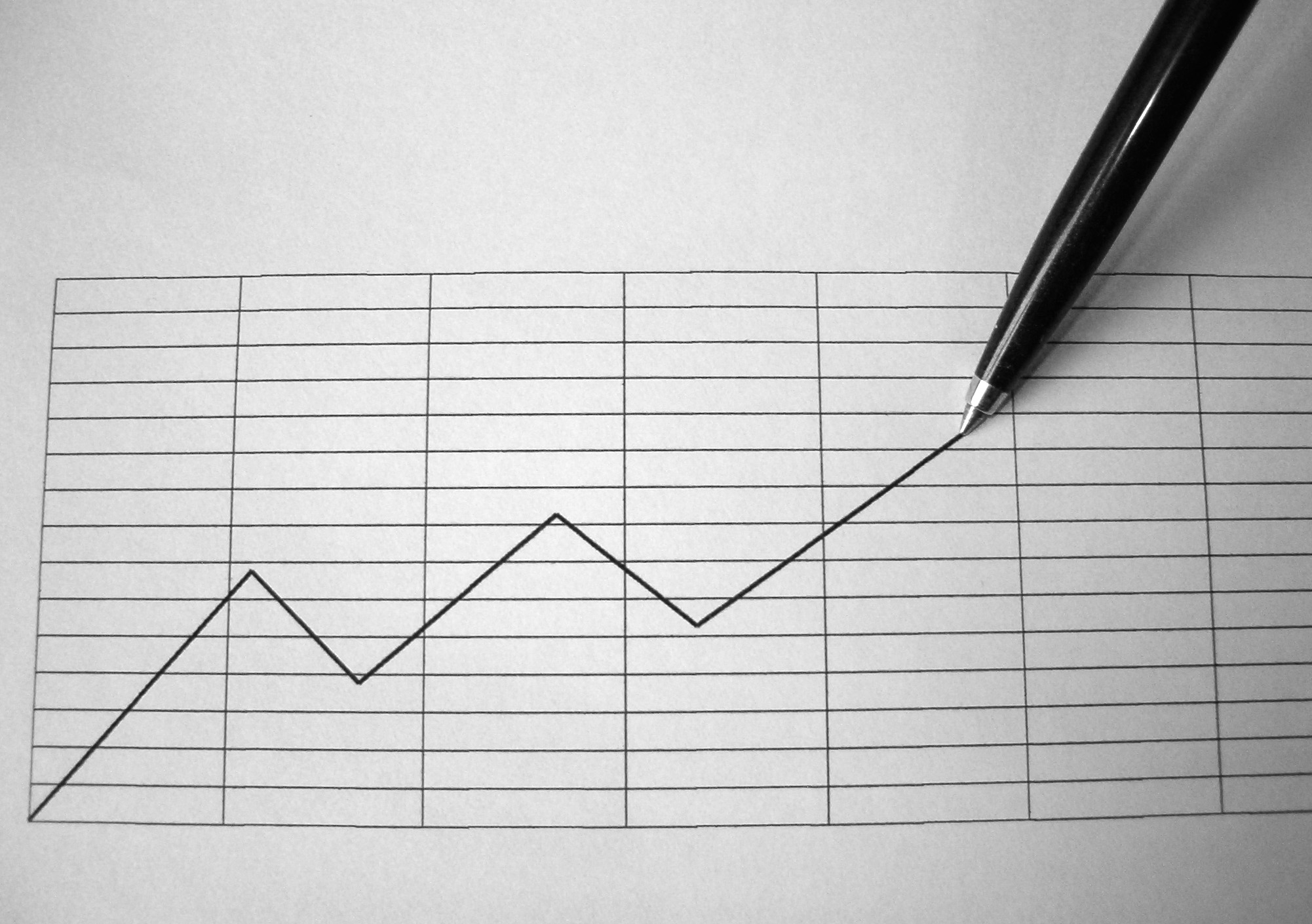When you are collecting, analysing, or presenting your results, it is very important to plan ahead and consider the differences between types of Data and how they can laid out. It needs to be in the clearest way possible so that people who haven’t done your project understand your results easily.
Stats and Types of Data
Broadly speaking Data can be one of two types, quantitative or qualitative. It is important to understand the distinction between these types of Data, and this will guide your research methods and play an important role when you come to analyse your Data.
Quantitative Data uses numerical Data or Data that can be transformed into usable statistics. This can help to quantify variables, such as the frequency of a behaviour or number of offspring, and is usually used on a large scale so that lots of Data can be collected and analysed. Using this Data can then help to uncover patterns thanks to statistical testing. Typically, quantitative Data can be collected using surveys or questionnaires, although with non-human subjects Data can be collected by observing how often a phenomenon occurs. This type of Data is very common in Neuroscience research.
Qualitative Data is often rich in detail, and this is because it is typically recorded in verbal or written passages. This makes variables hard to quantify and makes statistical testing. Nonetheless, qualitative Data offers insight in a level of detail that some statistics may not be able to express, such as the way an animal has mutated. Due to this, qualitative Data plays an important role in forming theories, and can help to investigate the deeper processes beyond the Data. This type of Data may be less common in Neuroscience research when studying non-human subjects such as nematodes.
Laying Data Out
There are lots of different ways to present Data, and some methods are presented below for quantitative Data.
←Go back to Step 4 Page 1 – Academic posters Go to Step 4 Page 3 – Giving a Good Presentation→
